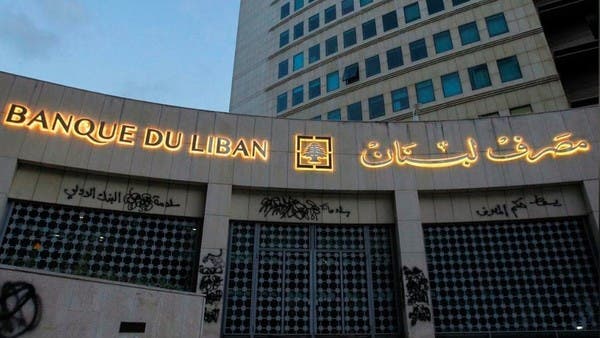The deadline set by the Banque du Liban for Lebanese banks to implement a circular requiring them to increase their capital by 20% and to establish accounts with correspondent banks at least 3% of the total funds deposited with them in foreign currencies expires tomorrow.
In addition to “urging” its clients to return 15% of their transfers, as of July 1, 2017, and put them in an account that has been frozen for a period of 5 years. As for the members of its boards of directors and all other politically exposed persons, they must return 30% to accounts that have been frozen for 5 years as well.
While the Association of Banks was calling for the deadline to be postponed, the Bank of Lebanon has so far been steadfast in rejecting the extension.
It is assumed that the central bank takes possession of the banks that fail to raise their capital.
In this context, the banking and economist Nicola Sheikhani explained, in an interview with Al Arabiya, that many banks were unable to raise their capital by 20% according to the specified time limit. Even if it were able, this step is not sufficient as it does not cover its losses estimated at 35 billion Dollars “.
According to his point of view, Lebanese banks suffer from two basic problems: a solvency problem and a liquidity problem, pointing out that the main crisis is the dollar placements of banks at the Banque du Liban with a value of $ 80 billion, which is from depositors ’funds estimated at $ 114 billion and are“ fake deposits ”today. .
In his opinion, the solution is an integrated reform plan at the level of the “golden triangle”: the Banque du Liban, the banks and the Ministry of Finance.
Case study for each bank separately?
In addition, the Central Council of the Banque du Liban discussed, in part of its weekly meeting yesterday, the banks ’commitment to the Central Circular“ No. 154, which stipulates that banks re-inject dollars into their accounts with correspondent banks at no less than 3% of the total funds in foreign currencies deposited in banks. Lebanese “.
The Lebanese pound
–
–
Starting next week, intensive meetings, perhaps daily, will start to study the situation of each bank, to determine whether it has committed to a 20% increase in its capital, and to form external accounts.
It is likely that the Banque du Liban “studies the case of each bank separately, to determine whether it is possible to agree to an exception to extend the deadlines.”
The Banque du Liban will also ask the Association of Banks “to provide it with the list of banks that have returned funds from abroad.”
Banking sources say that “the Banque du Liban cannot consider that banks have not complied with Circular 154, and resort to extending the deadlines before Friday, because some banks may wait for the last day to pump the required funds from it.”
Until the picture is finally clear, the dollar’s exchange rate will continue to rise due to the huge demand for it from banks that are willing to pay any exchange rate, no matter how high, in exchange for obtaining fresh dollars.
Banks of Lebanon – Associated Press
–
–
Banks resort to collecting “dollars from the market, either by selling bank checks at less than 30% of their value (in exchange for 3 million dollars in cash, the bank writes a check for 10 million dollars), or by doubling deposits by more than 3 times their value sometimes (transferring every million dollars.” “Tazaj” is deposited by the customer in the bank into an account of 3 million dollars that cannot be withdrawn in cash).
Combined, banks need to form accounts abroad, with the funds deposited in them amounting to about $ 3.3 billion. And some major banks still need tens of millions of dollars to secure the required sums.
– .


